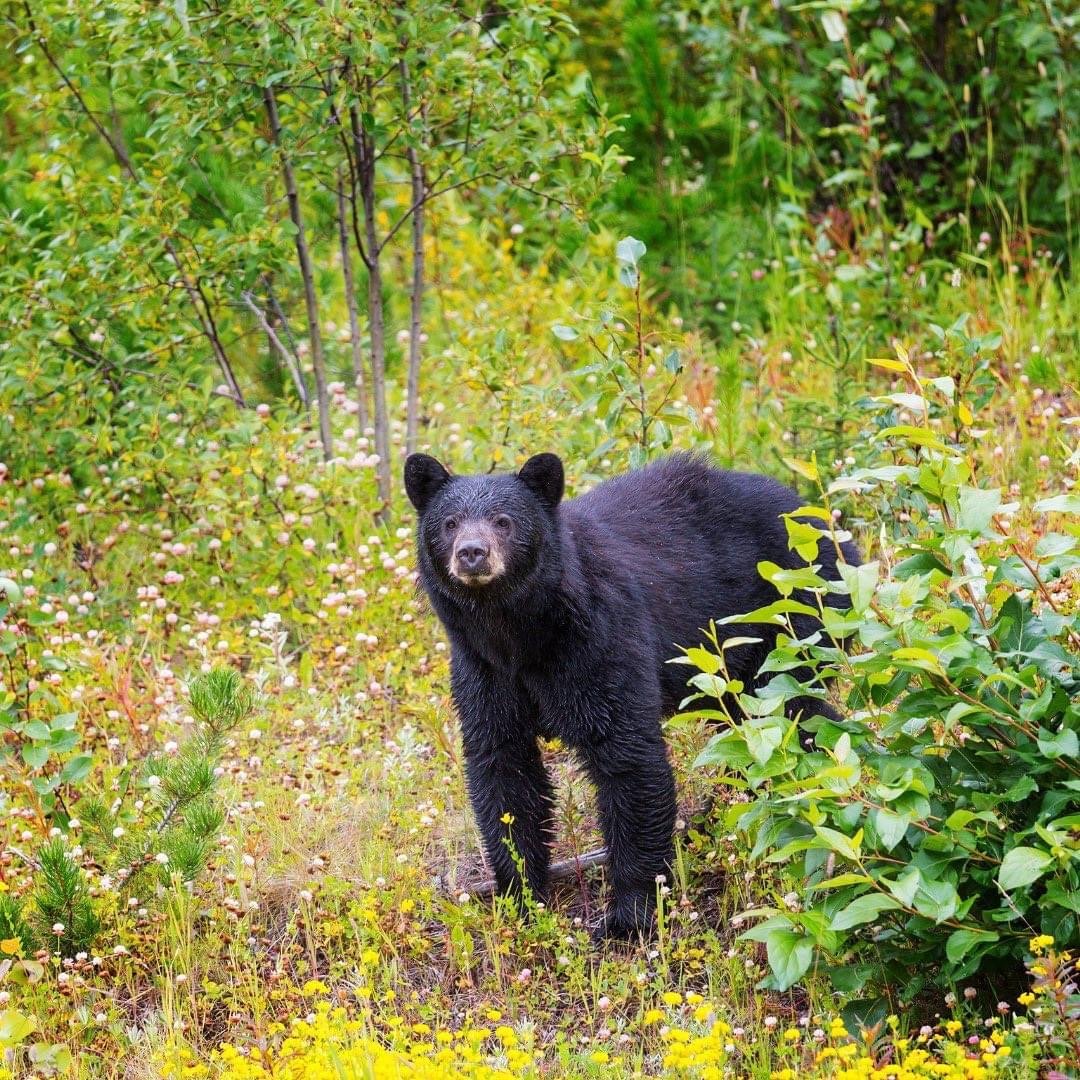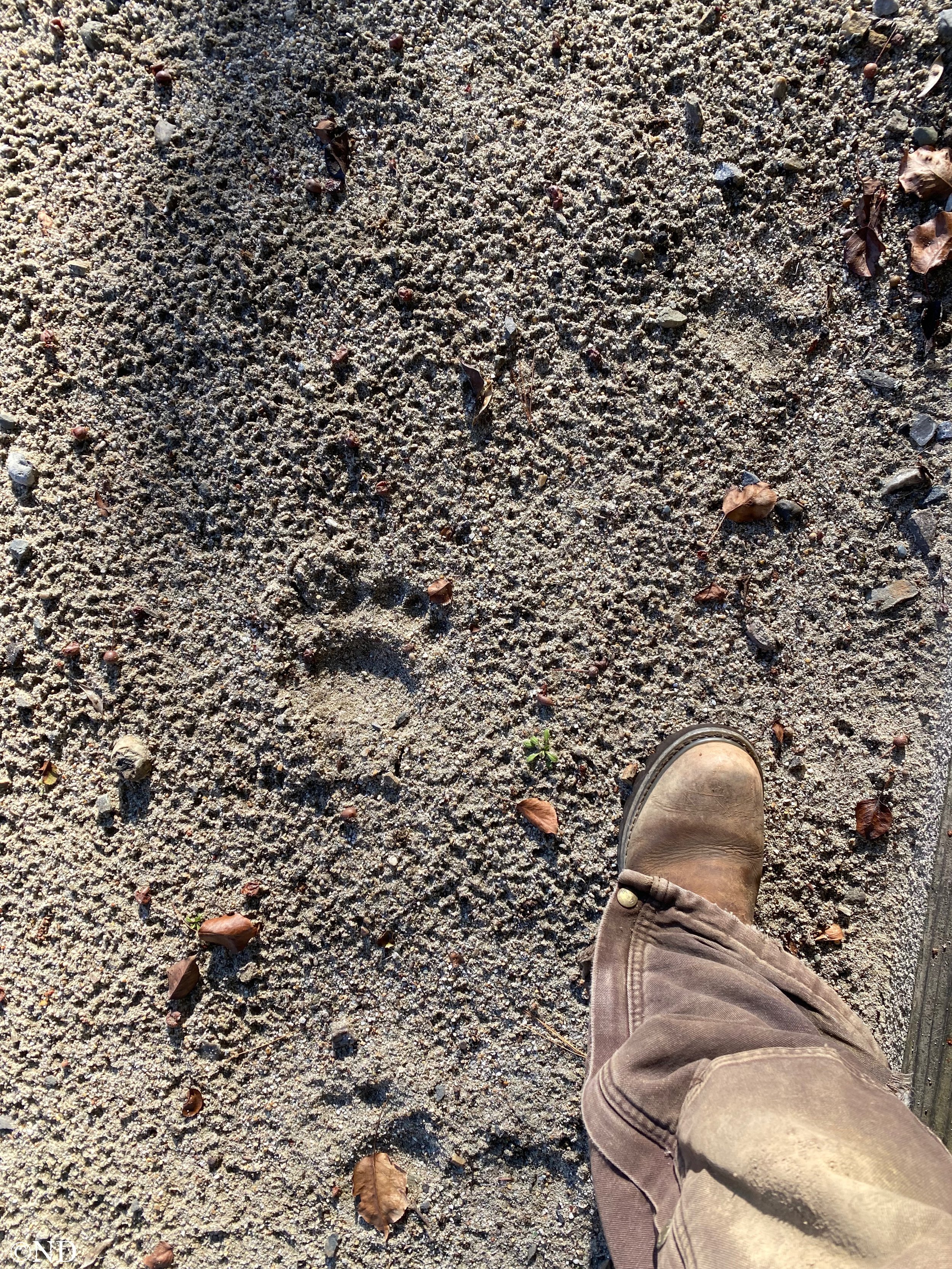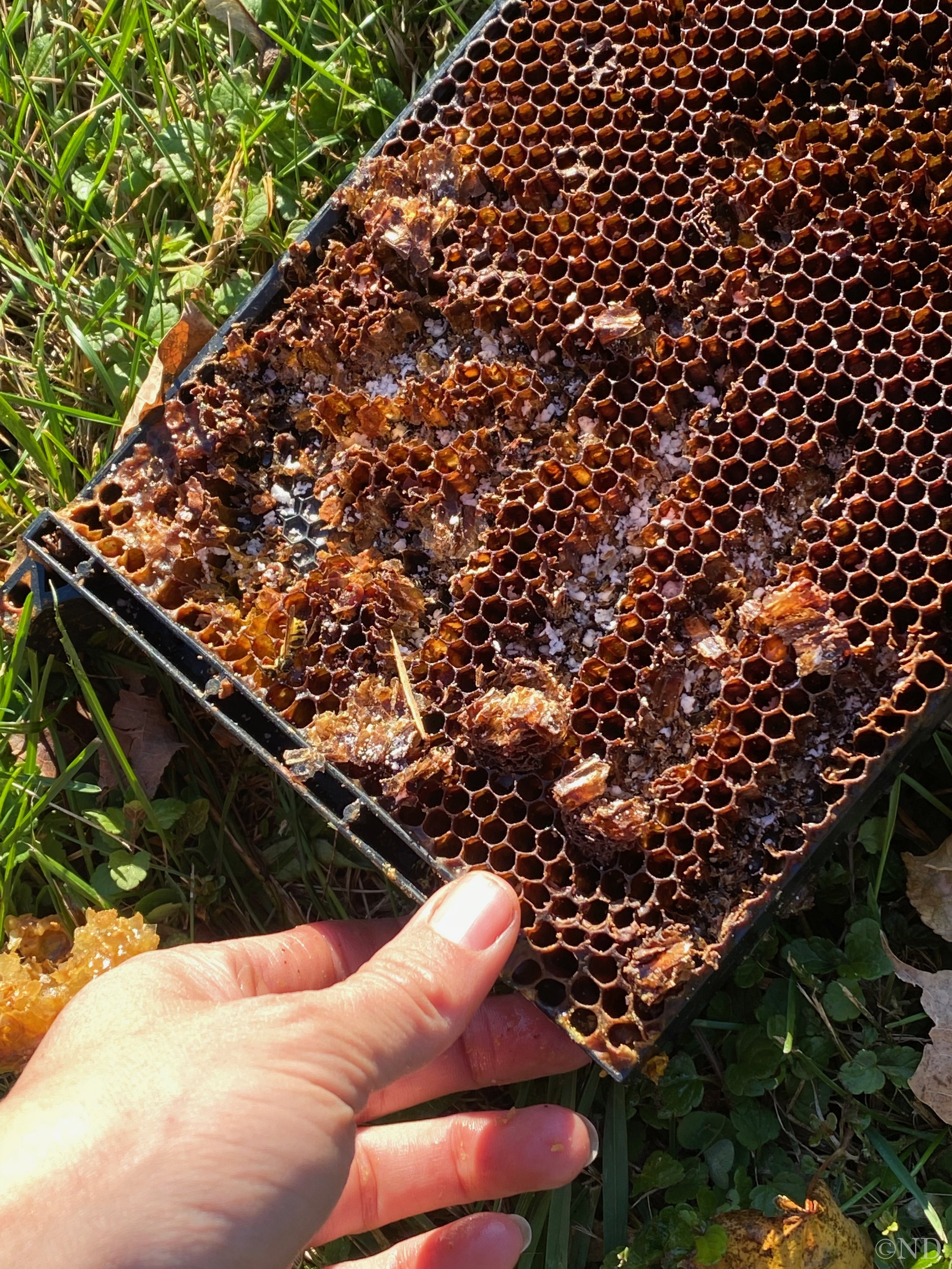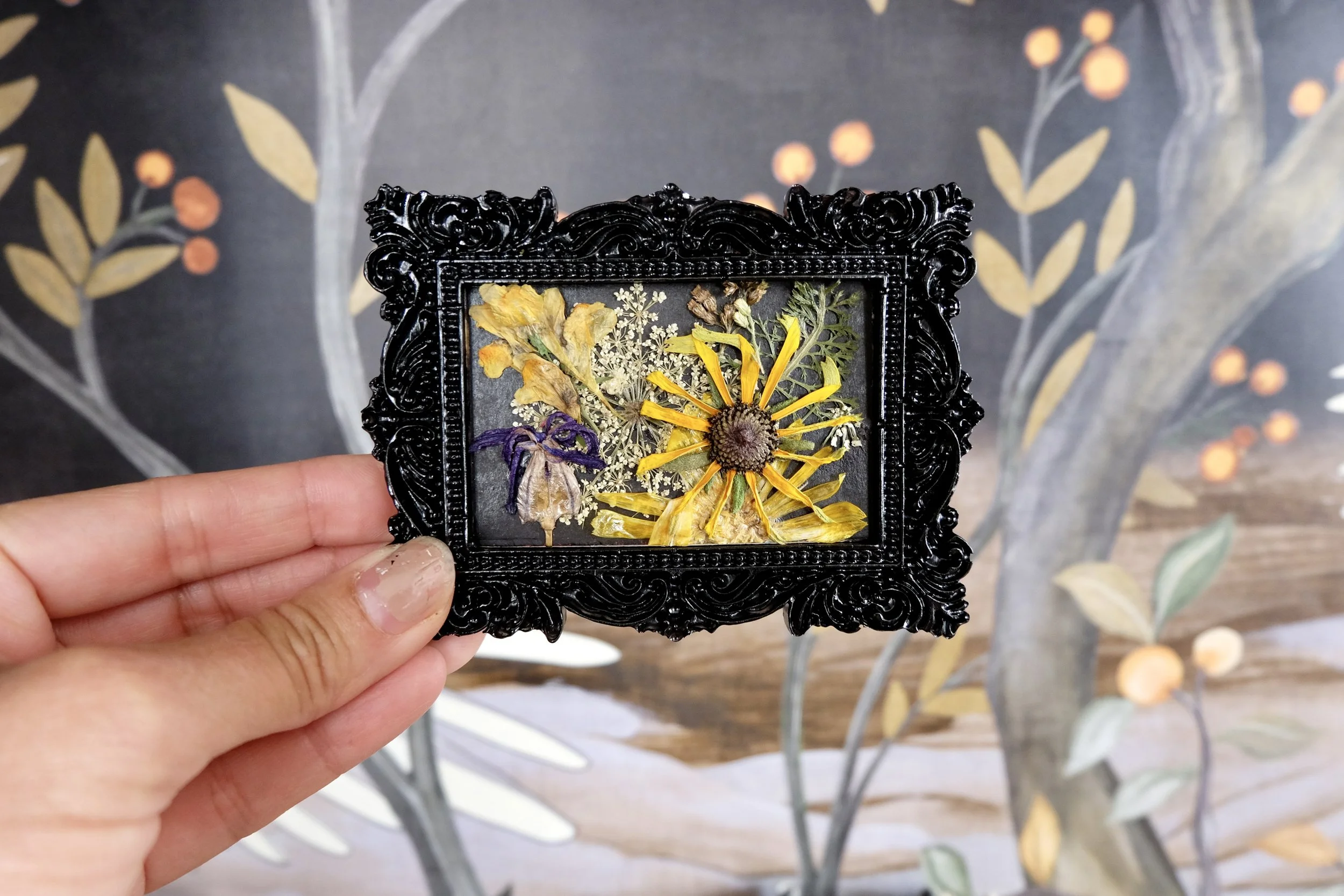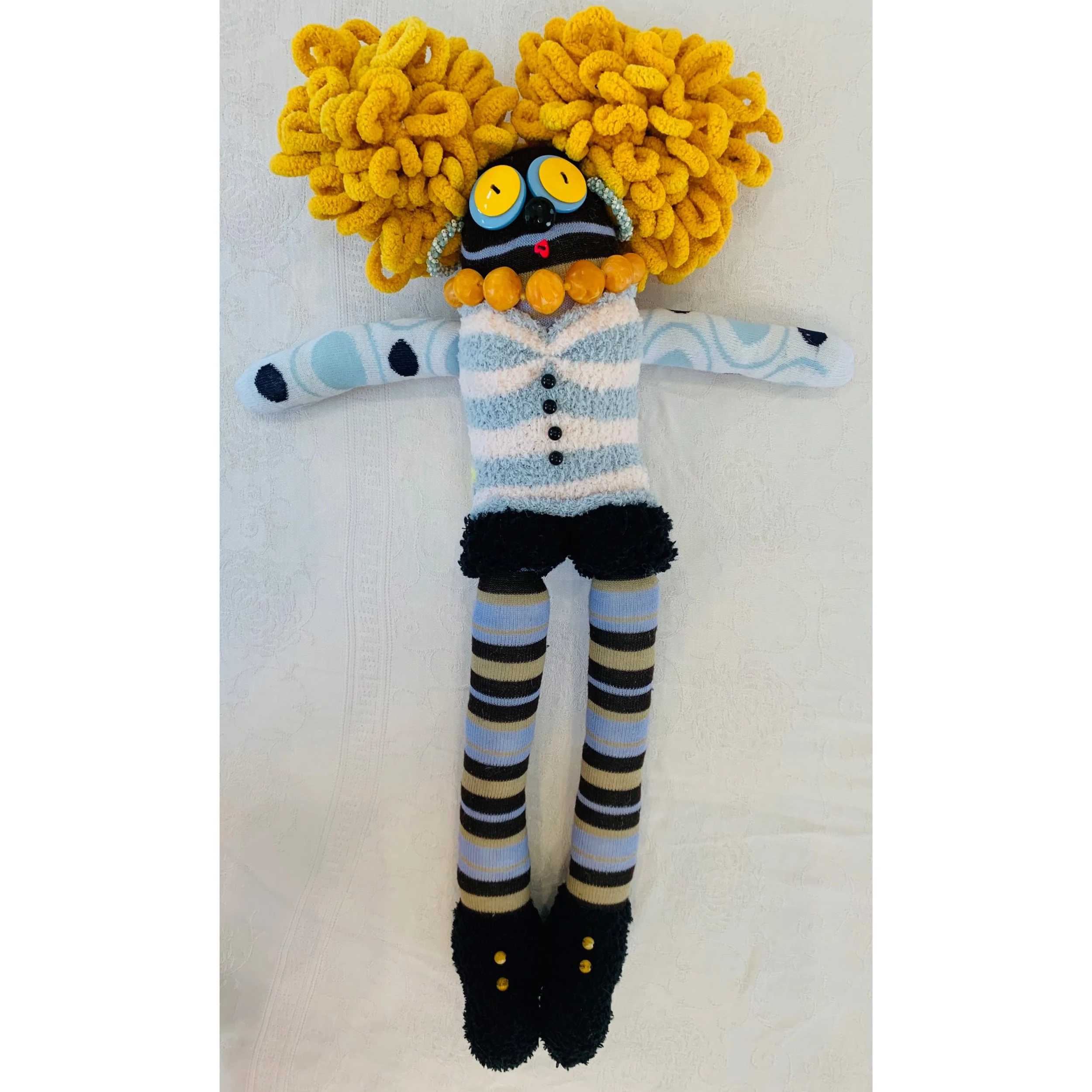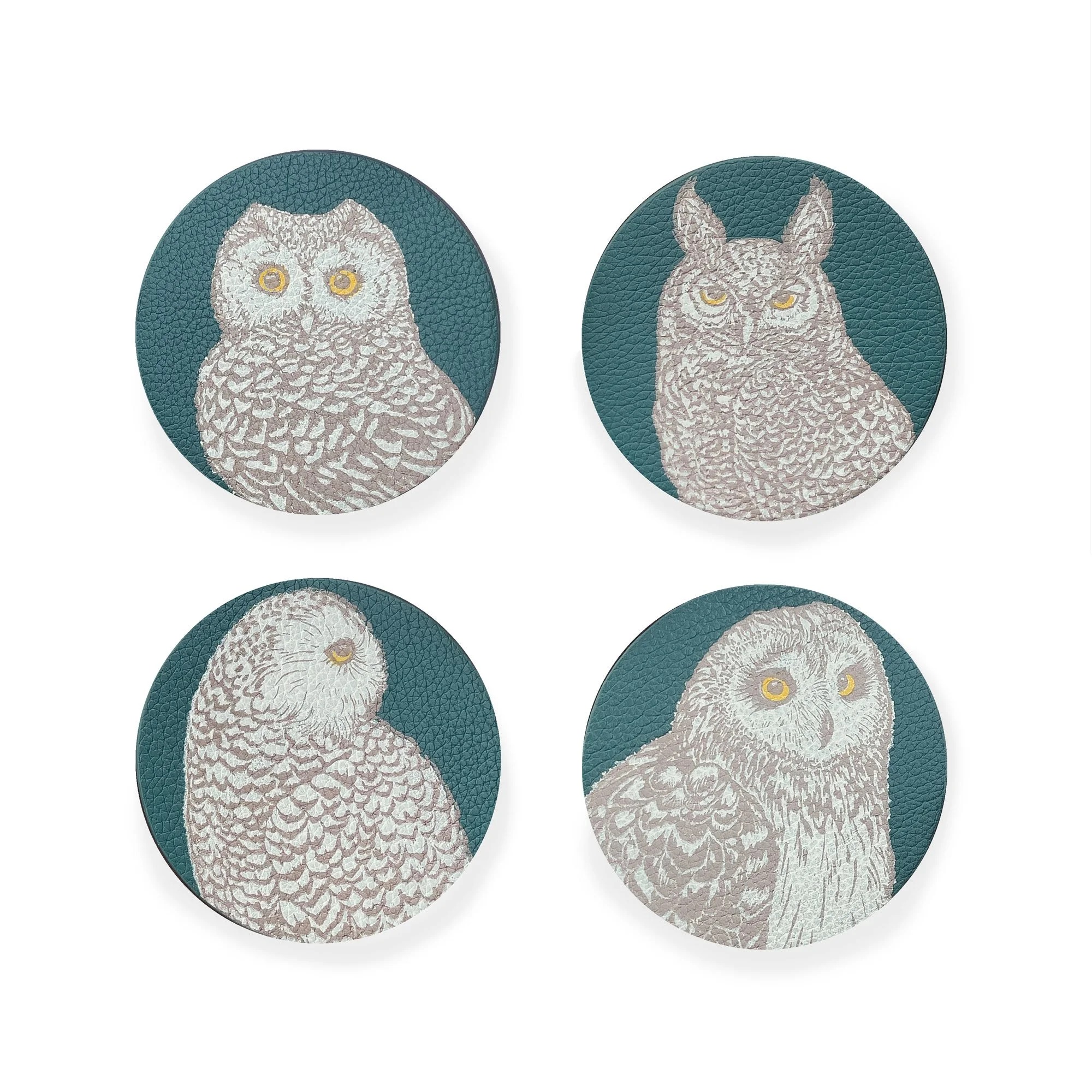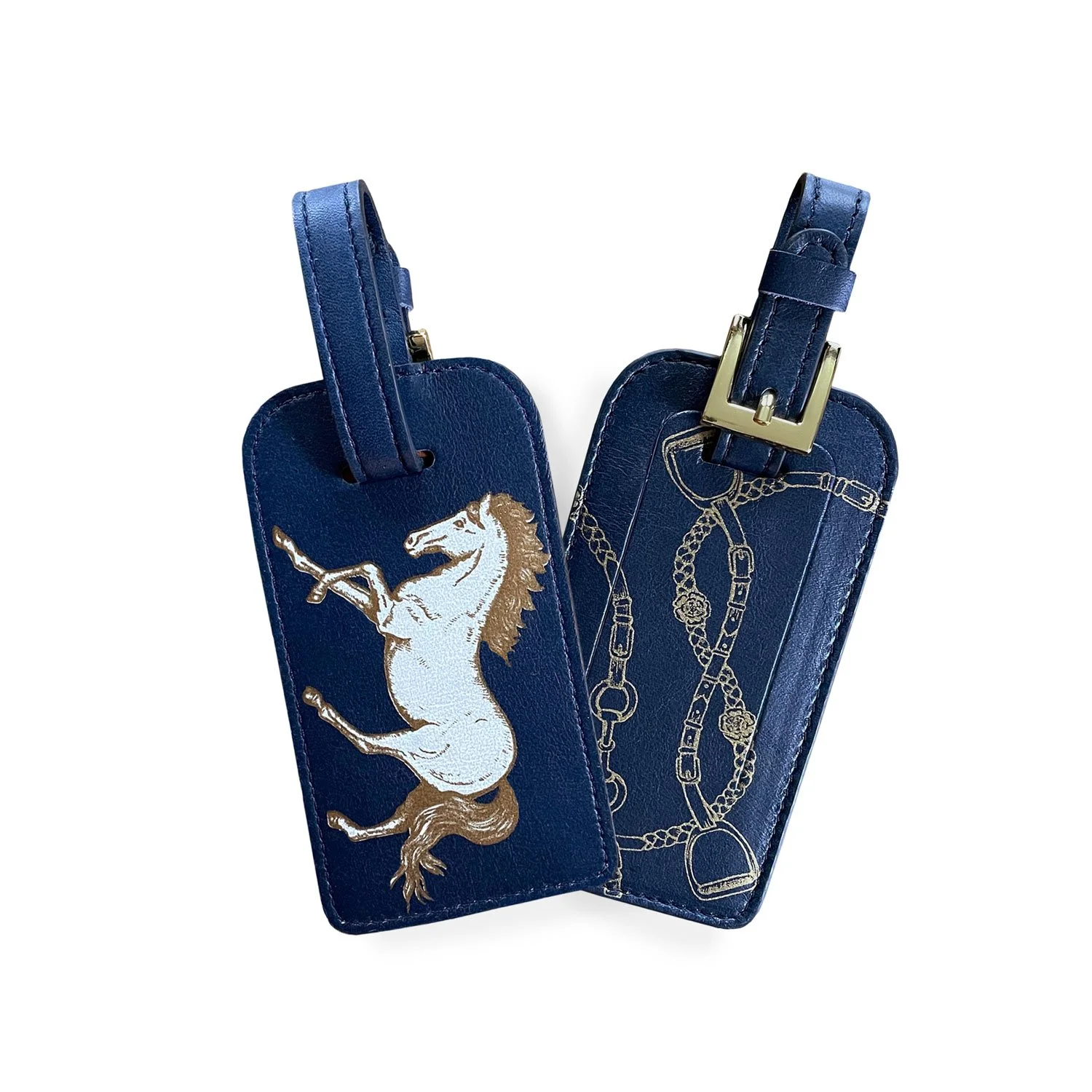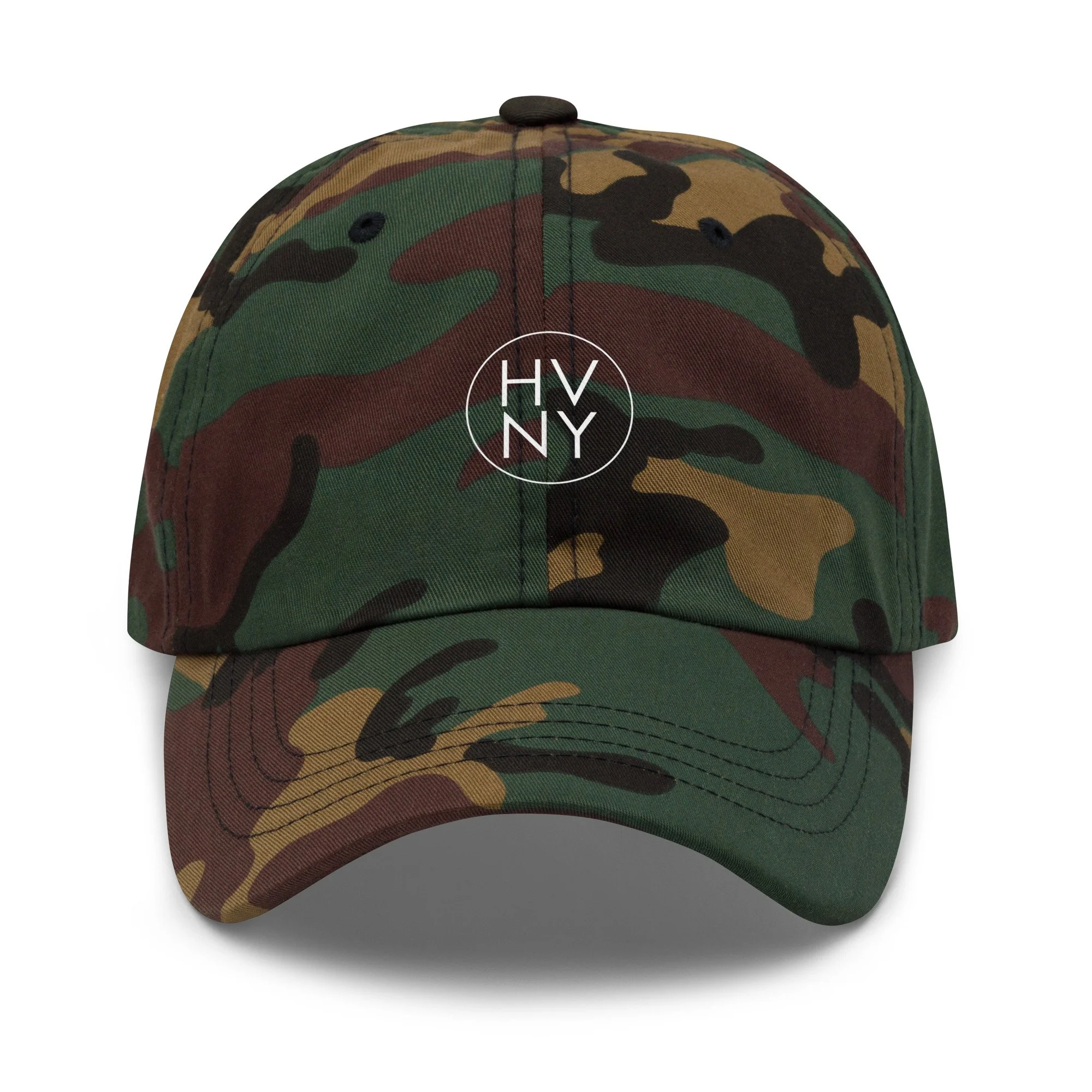We saw our first bear in 35+ years…
We saw our first bear in 35+ years ...
(Not that guy pictured, but still...) Tips for us all
by niki@hvny.info
The dogs were extra excited to go outside the other morning, and when I opened the door to the fenced-in yard, they scattered, noses to the ground, with an excitement I’ve never seen before. A quick glance around the yard revealed nothing more than a bend in the wire fence. Okay, maybe a deer jumped in here and hit it on the way out. But then, we looked out in the back and saw it. And then saw IT.
A black bear (Ursus americanus) was scampering up the hill after hearing the commotion of the dogs, and then my wife, yelling. But not before the bear had apparently checked out some beehive equipment we had in storage – and by checking out I mean, ripping the frames apart, scraping at any last bits of sweet honey that remained, leaving behind claw marks, and strewing the evidence across the yard. That quest was so fruitless, thankfully, that the bear began retreating before noticing any of the hives that are active with honeybees.
This was the first time my wife or I have been this close to a bear in our 35-plus years living here in the Hudson Valley. “Kinda cool though, wasn’t it?” My father-in-law, who lives in Bearsville, asked. I guess?
Even though this was our first in-person sighting, we know bears have been spotted in the area, and they're getting closer and more frequent, especially as more land is being developed around us. Bears will venture into residential areas to take advantage of all the enticing snacks humans leave behind – like garbage, dirty outdoor grills, and bird seed – in order to bulk up for their five months of winter hibernation.
“Bears eat nearly anything,” New York State Department of Conservation (DEC) officials say. “They are omnivorous; eating grasses, berries, fruit, nuts, seeds, insects, grubs, and carrion, as well as human sources of food like corn, honey, bird seed, trash, and pet food, when available.” Bears, though opportunists, are also very intelligent. “If an activity results in food, they will repeat that activity. If an encounter with a human is negative, they learn to avoid humans." Intentionally feeding black bears is illegal in New York, and even indirect feeding of black bears can lead to written warnings from the DEC.
“The Catskills have the highest density of black bears in all of New York State,” according to Catskill Mountainkeeper, a local environmental group. “There is about 1,500 to 2,000 black bears in the Catskill Mountains,” making up for approximately 35-percent of the state’s black bear population.
But they’re not just in the mountains: “Bears are now well established in many other areas, including the Hudson Valley,” notes the DEC. “These areas include a greater proportion of agriculture or have higher human densities, making them less suitable for bears due to the higher likelihood of human-bear conflicts.”
Okay, so bears are here, and so are we – and here are some tips from Catskill Mountainkeeper on keeping us all safe at home and on the trails:
A black bear is usually nearby if you see clawed trees around 4-7 feet off the ground.Other indicators are black bear scat, usually black and in a pile, or ground digging spots. (Confirmed in our sighting, stepped in a nice big pile of scat, pictured above.)
To avoid conflicts with black bears, make noise. They will go away if they hear you. Avoid areas with berry bushes, or heavy bush areas.
If you do encounter a bear, NEVER run away; back away slowly. DO NOT stare, photograph them with large lens camera, feed them, climb a tree, or pet their cubs.
If you see a bear, walk away slowly at a 45-degree angle in the direction you came from.Speak to yourself in a calm, appealing tone. Keep your eyes on the bear to see how it will react.
If the bear is grunting and snapping their jaw, this is a sign you’re too close. If they start jumping up and down, that’s the second warning that you’re too close.
To help avoid conflicts, feed the birds only in the winter months. Bird feeders are involved in over 80-percent of the bear problems around homes. Birds do not require supplemental feeding, especially during the warmer months of the year. Bears that successfully find bird seed at one home will inevitably approach other homes. If they become accustomed to feeding in yards and around homes and people, they may cause property damage and will likely become chronic nuisances. The NYS DEC highly recommends that bird feeding activities cease by April 1 and can resume November 30.
To reduce the chance of negative black bear encounters around your home, DEC recommends these precautions:
Never feed bears! It is illegal, dangerous and detrimental to bears.
If you believe bears are being fed in your area, or suspect a nuisance bear situation, report it to DEC immediately.
Take down bird feeders after April 1. Birds do not need supplemental food in the spring and summer, when natural foods are most abundant (even if you believe your birdfeeder to be inaccessible to bears, the birds will drop seed on the ground, which attracts bears to your yard).
Clean off barbeque grills before night fall (don't forget the grease trap), and if possible, store grills inside when not in use.
Store garbage in a secure building or location, secure can lids with ropes/bungees/chains, never over-fill cans, and dispose of garbage as frequently as possible.
If you live in an area where bears may occur, put garbage containers out by the curb just before the scheduled pick-up - never the night before.
If you live in a densely populated bear area, consider using a certified bear-resistant garbage container.
Clean garbage cans frequently with ammonia products.
Do not burn garbage: it is illegal and can attract bears.
Do not add meat scraps, bones or melon rinds to your compost pile.
Feed pets indoors and store pet food indoors. If pets must be fed outside, immediately remove all uneaten food and dishes.
Read more about bears and bird feeders + Tips to reduce conflicts with bears from the DEC
Sources + more info:
DEC: Black Bears Facts - https://www.dec.ny.gov/animals/6960.html
DEC: Avoiding bear-human conflicts https://www.dec.ny.gov/animals/6995.html

